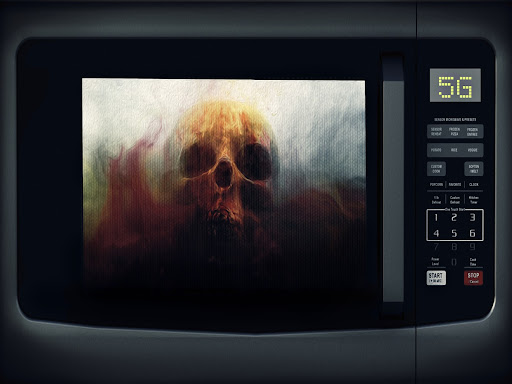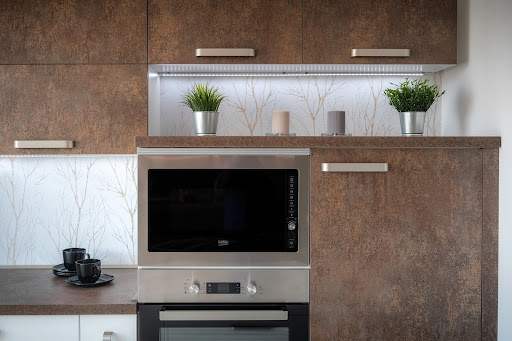
Cooking with a microwave oven is convenient, simple and incredibly fast. Many people believe the microwave is a harmful thing. Some people don’t even own microwaves out of fear that food coming from the microwave is tainted in some way, as well as fear of the radiation they produce. Throughout most of our lives, we have been told the microwave is dangerous. “Don’t stand too close!” “Always follow directions exactly!” “Don’t put plastic in the microwave, it’ll melt!” Let’s find out the real deal with microwaves in this installment of Fact or Fiction!
Can I Stand Close When Using the Microwave?
If you’re anything like me, you like to watch food cook. The way it changes between raw or old and ready to eat can be truly fascinating. So how safe is it to observe this process happening in the microwave? Many people believe that microwaves produce harmful radiation and have the capacity to damage healthy nutrients. Microwaves turn electricity into electromagnetic waves called microwaves. These waves change the molecules in food, making them vibrate, spin around, and clash with each other, heating it up. Healthline says it is similar to the process of how your hands heat up when you rub them together, except microwaves produce electromagnetic radiation.
You may find this concerning but find solace in the fact that this is not the type of radiation associated with atomic bombs and nuclear disasters. Microwaves produce non-ionizing radiation, similar to your cell phone, just stronger. Microwaves generally have metal shielding, as well as screens over the window that prevents radiation from escaping, so there shouldn’t be any risk of harm. A broken door that doesn’t open or click together properly is at risk for leaking radiation. Because of this always being a small possibility, healthline does suggest you still don’t press your face right against the viewer window, keeping a 1 foot distance. Radiation decreases rapidly with distance. Since it is safe to watch it cook from a distance, is the food from the microwave actually safe to eat?
Is Food From the Microwave Safe to Eat?
The main factors to determining the safety of food are temperature, cooking time, and method. During boiling, water-soluble nutrients may leak out of the food. When using a microwave, cook times are generally shorter and temperatures are lower. This is why they may not be as effective as other cooking methods at killing pathogens that could lead to food poisoning. Using a microwave with a turntable ensures that your food is heated sufficiently and you kill all microorganisms. Even then, things such as Chinese food leftovers are sometimes best left uneaten. Even microwaved “properly,” reheated leftover food can carry so many pathogens.

As far as raw foods go, a study on 20 different vegetables noted that microwaving and baking preserved antioxidants the best, while pressure cooking and boiling did the worst. A more recent study showed that mild microwaving actually increased the levels of the anticarcinogenic compound sulforaphane in broccoli. The nutrient value of many different foods can actually be saved by microwaving them properly. The other major thing that affects how our food from the microwave affects us is what we heat it in.
Can I Put Plastic in the Microwave?
Many plastics contain compounds that can cause harm when heated. Notable examples are bisphenol-A (BPA), and Phthalates. Both are used to make plastic stronger and more flexible. These substances matter because BPA, and some phthalates, are considered endocrine disruptors, which mimic or block natural hormones in the body. Both have been linked to conditions like cancer, thyroid disorders, and obesity. For this reason, do not microwave your food in a plastic container.
“It’s important to avoid substances that interfere with hormones,” says Dr. Neelima Chu, a board-certified endocrinologist and internal medicine doctor. “These substances can lead to infertility; thyroid disease; early puberty; leukemia; breast, uterine and prostate cancers; neurobehavioral issues; obesity; and metabolic dysfunction.”
What it all boils down to: Microwaves can be safe, effective, and highly convenient cooking methods when used properly. There is no evidence they cause an overt amount of harm. Some evidence says they are even better than other cooking methods at preserving nutrients and preventing the formation of harmful compounds. Watch it work from a distance, be cautious when reheating leftovers, and don’t use plastic to heat your food. Happy Heating!
Written by: Erinn Malloy

